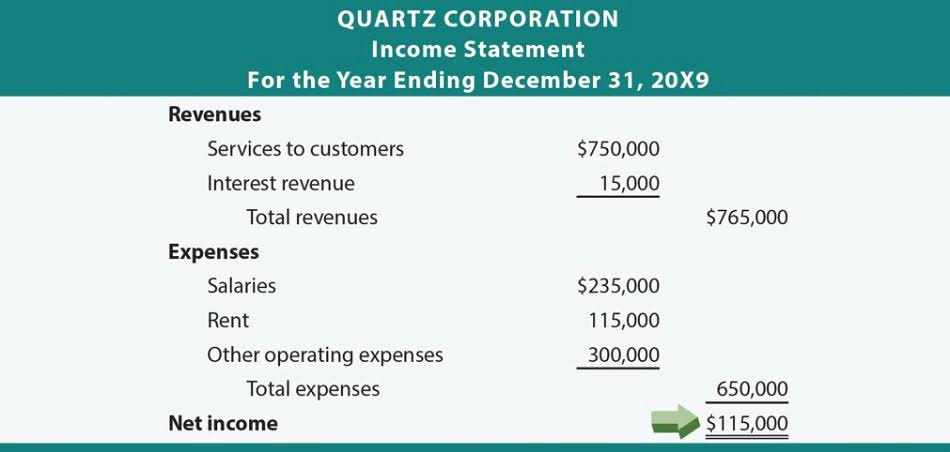Understanding Encumbrance Accounting & Its Process

It provides better financial management, improved budget control, and more accurate predictions of cash outflow. By implementing encumbrance accounting, companies can enhance their financial stability, allocate resources effectively, and make informed decisions based on reliable financial data. As companies strive for greater efficiency and transparency in their financial operations, encumbrance accounting proves to be an essential component of successful financial management. By accurately recording and tracking financial commitments, businesses can effectively plan their budgets, allocate resources, and maintain financial control.
- Now that we have explored the benefits of encumbrance accounting, let’s consider its limitations.
- Encumbrances and actual expenses are two critical components in the realm of financial management and accounting.
- The first step encumbers newly entered purchase order line items into the General Ledger to help prevent overspending.
- It gives a creditor the right to seize the property as collateral for an unmet obligation, usually an unpaid debt.
- By tracking this information, financial analysis is easier to perform and a more accurate predictor.
Encumbrances are the money set aside by a company for payments to its suppliers or creditors for future expenses. An encumbrance balance refers to restricted funds that have been set aside for known future expenses of a company. This helps improve transparency between departments and ensures every penny has been accounted for with a purchase. Encumbrance also enables you to take control of your finances and prevent fraud from occurring.
What Is Encumbrance In Accounting
Are you interested in finding out more about how automation can empower your team and increase your visibility and expenditure control? A lease is an agreement to rent a property for an agreed-upon rate and period of time. It is a form of encumbrance because the lessor does not give up title to the property, but one’s use of the property is significantly constrained by the lease agreement.
Then, the procuring company converts the encumbrance into an expenditure by transferring the transacted items from the encumbrance account into accounts payable. Once the vendor approves the transaction, the commitment converts into a legal obligation. Despite these challenges, encumbrance accounting remains indispensable for effective financial management.
Step 2: Encumbrance
With Encumbrances, no payments leave the University and no actual expense would be generated on a ledger, since it is an expectation of a future actual transaction. With encumbrance accounting, organizations record anticipated expenditures beforehand. This encourages transparency and increased visibility in how the budget is being allocated and how money is being spent. As a result, organizations can track their expenditures against the allocated budget more effectively. This intent implies that the business is highly likely to spend money in the future, which implies a commitment to make a purchase. Encumbrance accounting involves recording encumbrances in the general ledger when the organization is certain about the time and amount of the anticipated expense.



